Cold brew coffee has become the drink of choice for health-conscious coffee lovers who want a smooth, rich, and less acidic coffee experience—without the jitters and crashes of traditional drip coffee. Unlike iced coffee, cold brew offers customizable caffeine content, letting you craft either low caffeine cold brew or high caffeine cold brew coffeedepending on your energy needs.
In this guide, we’ll break down everything you need to know about cold brew coffee caffeine content—from how it’s extracted to how you can control it at home. We’ll cover:
-
The difference between cold brew and iced coffee
-
How caffeine levels vary with beans, grind size, and brew ratios
-
Brewing methods for low and high caffeine cold brew coffee
-
Health benefits and risks
-
Expert brand and bean recommendations
Rarebird, a leader in coffee innovation, is at the forefront of this caffeine evolution. Our Px Coffee—powered by paraxanthine, the cleaner metabolite of caffeine—delivers all the focus and energy you want without jitters, anxiety, or sleep disruption. When we talk about caffeine alternatives, we don’t just follow the trend—we set the standard.
What Is Cold Brew Coffee and How Does It Differ From Iced Coffee?
Cold brew coffee is made by steeping coarsely ground beans in cold or room-temperature water for 12–24 hours. This long, slow extraction pulls out natural sweetness, body, and flavor while leaving behind much of the acidity that makes hot coffee bitter.
Key difference: Iced coffee is simply hot coffee poured over ice, which preserves all the acids and bitter compounds. Cold brew, on the other hand, is smoother, richer, and easier on sensitive stomachs.
What Defines Cold Brew Coffee?
-
Time vs. Heat: Cold brew relies on time, not heat, for extraction.
-
Flavor Preservation: The low-acid extraction highlights natural bean flavors and antioxidants like chlorogenic acid.
-
Versatility: Cold brew concentrate can be diluted with water, milk, or plant-based alternatives to create your perfect cup.
Cold Brew Coffee Caffeine Content Explained
Caffeine in cold brew is extracted slowly but efficiently. A typical cold brew concentrate can have 100–200 mg of caffeine per serving, depending on the ratio and steeping time. Once diluted, its caffeine content is similar to drip coffee—but with a smoother, more sustained energy release.
Why Rarebird is Different: Our Px Coffee is crafted with paraxanthine (Px)—a smarter, cleaner form of energy that gives you focus and clarity without the anxiety or late-night restlessness caused by caffeine.
How Much Caffeine Is in Cold Brew Coffee?
There’s no single number—it all depends on:
-
Bean type: Robusta beans have nearly twice the caffeine of Arabica.
-
Grind size: A finer grind releases more caffeine, while a coarse grind gives a mellower extraction.
-
Water-to-coffee ratio: A strong 1:4 ratio produces high caffeine cold brew coffee, while a 1:8 ratio leans toward low caffeine cold brew.
-
Steeping time: A 12-hour steep extracts less caffeine than a 24-hour steep.
Low Caffeine Cold Brew: How to Dial It Down
For those who love the flavor but not the buzz, here’s how to brew low caffeine cold brew:
-
Use 100% Arabica beans, which naturally have less caffeine.
-
Brew with a 1:8 ratio (1 cup coffee grounds to 8 cups water).
-
Steep for 12 hours instead of 24.
-
Consider decaf blends or switch to Rarebird Px Coffee for an energizing but jitter-free, sleep-friendly option
High Caffeine Cold Brew Coffee: How to Maximize Your Energy
Need a powerful energy boost? To craft high caffeine cold brew coffee:
-
Choose Robusta or high-caffeine blends (though the flavor quality may vary). We recommend Arabica for the best flavor profile, though Robusta has the highest caffeine content.
-
Use a 1:4 ratio for a potent concentrate.
-
Steep for 18–24 hours to fully extract caffeine and flavor.
-
Drink responsibly—concentrates can be twice as strong as a regular cup of coffee.
How Does Cold Brew Caffeine Compare to Other Coffee Types?
-
Cold brew concentrate: 100–200 mg per 6 oz (before dilution).
-
Drip coffee: 80–120 mg per 8 oz.
-
Espresso: 60–70 mg per shot (1 oz).
Cold brew gives you control—you can make it strong enough to rival espresso or as mellow as a decaf alternative by tweaking the brewing process.
How Can You Control Caffeine Content in Cold Brew?
To fine-tune cold brew coffee caffeine content:
-
Adjust the coffee-to-water ratio (stronger ratio = more caffeine).
-
Modify steeping time (longer extraction = higher caffeine).
-
Choose beans based on caffeine levels (Arabica vs. Robusta).
-
Switch to Px Coffee for caffeine-free, clean energy that still tastes like coffee.
How to Make Cold Brew Coffee at Home: Step-by-Step
What You Need:
-
Coarsely ground coffee (freshly roasted for best flavor). We recommend at least 1000 microns to avoid overextracting bitter flavors.
-
Cold, filtered water.
-
A large jar, French press, or cold brew maker.
-
A fine-mesh sieve, cheesecloth, or coffee filter for straining.
Brewing Steps:
-
Combine 1 cup of coarsely ground coffee with 4 cups of cold water for a classic concentrate.
-
Stir gently and cover.
-
Steep in the fridge for 12–24 hours (12 for low caffeine, 24 for high caffeine).
-
Strain through a filter or fine mesh.
-
Dilute with water or milk, serve over ice, and enjoy.
Health Benefits of Cold Brew Coffee
-
Low acidity: Easier on the stomach and teeth.
-
Antioxidant-rich: Preserves compounds like chlorogenic acid that fight oxidative stress.
Rarebird Advantage: Px Coffee provides all these benefits without the side effects of caffeine, thanks to paraxanthine’s clean energy profile.
Are There Risks or Side Effects to Cold Brew Caffeine?
Excess caffeine—whether from cold brew or other sources—can lead to jitters, anxiety, headaches, or sleep problems. To avoid overdoing it:
-
Stick to 1–2 cups of concentrate per day (diluted).
-
Brew low caffeine cold brew if you’re sensitive.
-
Switch to Px Coffee for energy without the crash.
Best Cold Brew Coffee Brands and Beans
Top brands known for quality cold brew include:
-
Stumptown Coffee Roasters: Famous for smooth, balanced concentrates.
-
Rarebird Coffee: Renowned as the first premium coffee to use paraxanthine, giving you all-day focus without caffeine’s downsides
-
Blue Bottle Coffee: Renowned for single-origin cold brews.
-
La Colombe: Nitro cold brew experts..
Cold Brew and Wellness Trends
Cold brew fits seamlessly into modern wellness routines. Athletes and professionals alike appreciate its customizable caffeine levels and lower acidity. Rarebird’s Px Coffee takes this further by offering a biohacker-approved energy solution with no jitters or sleep disruption.
Frequently Asked Questions
Q: What is the ideal coffee-to-water ratio for making cold brew at home?
A: A 1:4 ratio creates high caffeine cold brew coffee, while a 1:8 ratio is ideal for low caffeine cold brew.
Q: How long does cold brew last?
A: Up to 2 weeks in the fridge when stored in an airtight container.
Q: Is cold brew stronger than regular coffee?
A: Cold brew concentrate is stronger, but once diluted, its caffeine content is comparable to drip coffee.
Q: Can I make decaf cold brew?
A: Yes—using decaf beans or Rarebird Px Coffee for a true caffeine-free experience.
Q: What makes Paraxanthine (Px) better than caffeine?
A: Px delivers clean, focused energy with fewer side effects—no jitters, no late-night restlessness.
Final Thoughts
Cold brew coffee isn’t just a drink—it’s a customizable energy ritual. By understanding cold brew coffee caffeine content, you can craft the perfect low caffeine cold brew for smooth, mellow sipping or a high caffeine cold brew coffee when you need a bold boost.
Rarebird leads the way in the next evolution of coffee with Px Coffee—a scientifically backed, jitter-free energy alternative that elevates the cold brew experience.


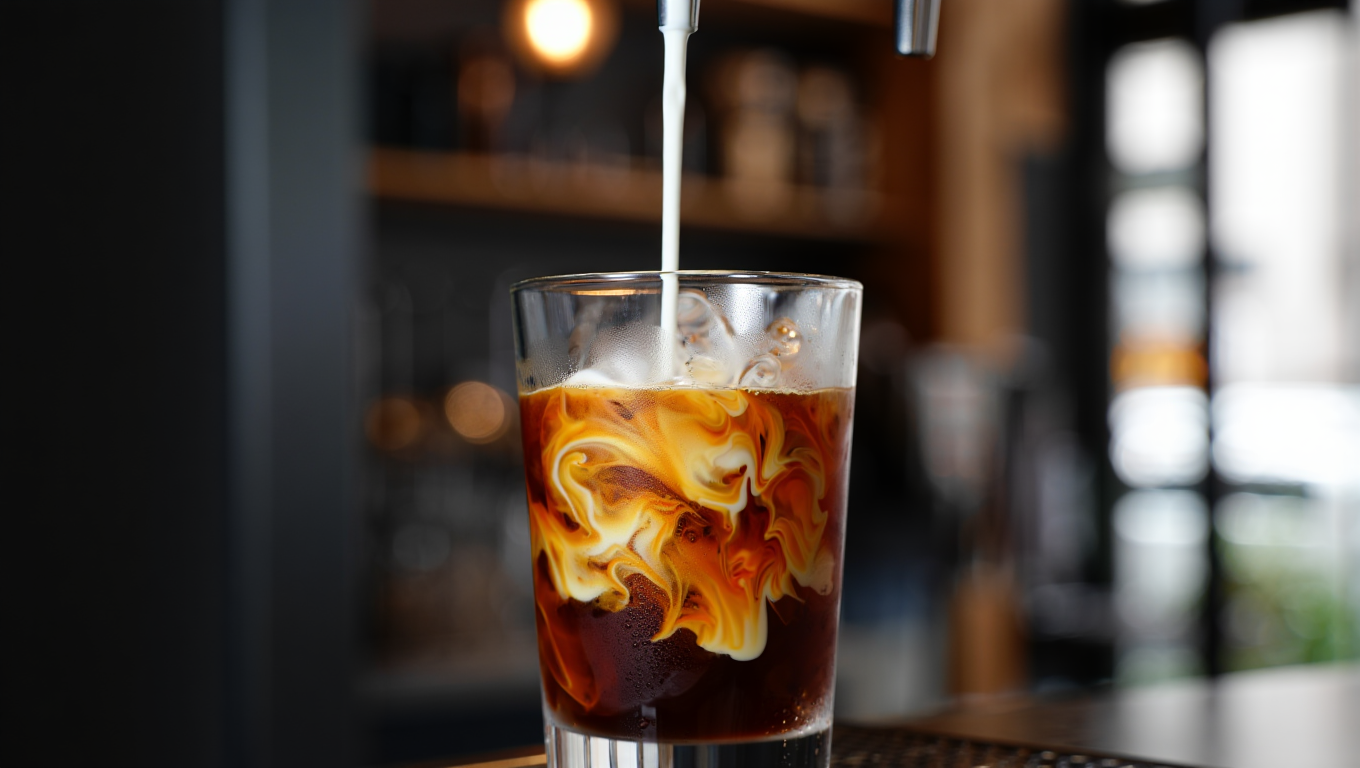






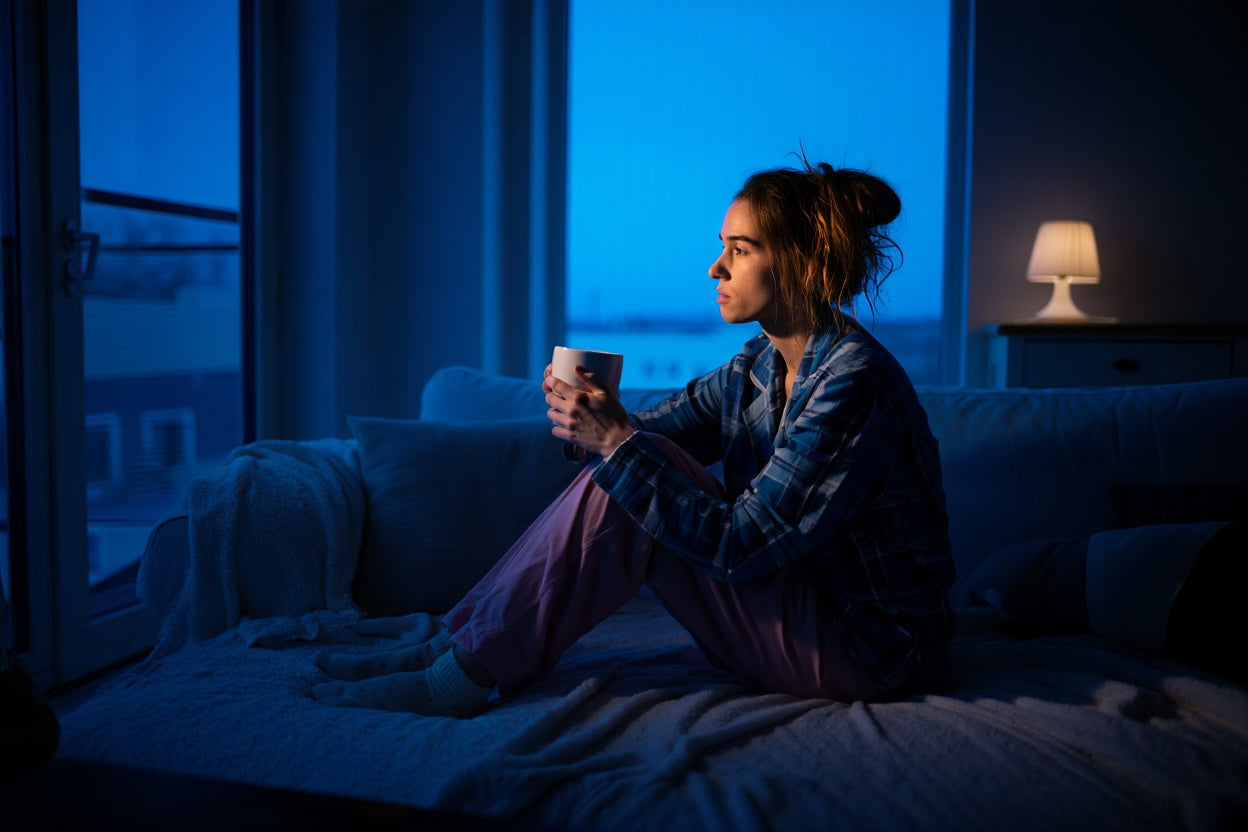
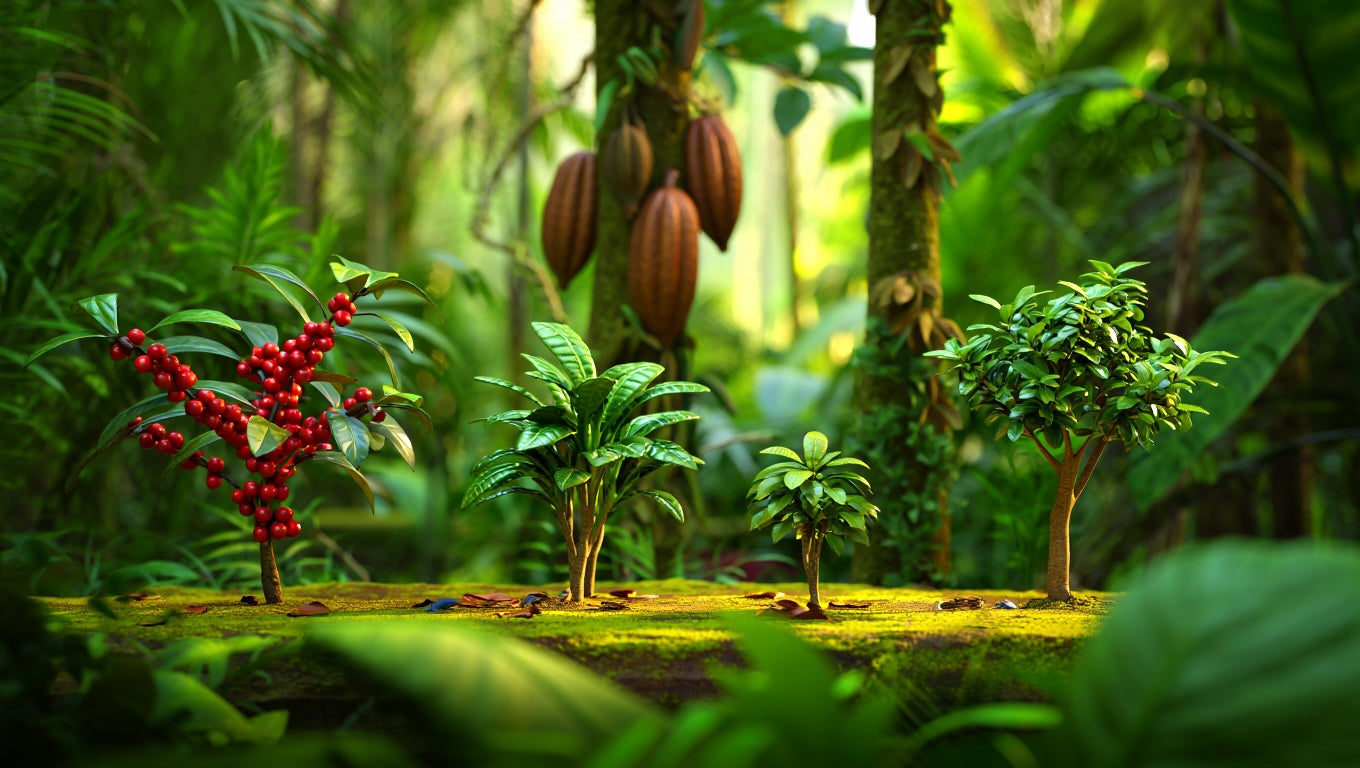
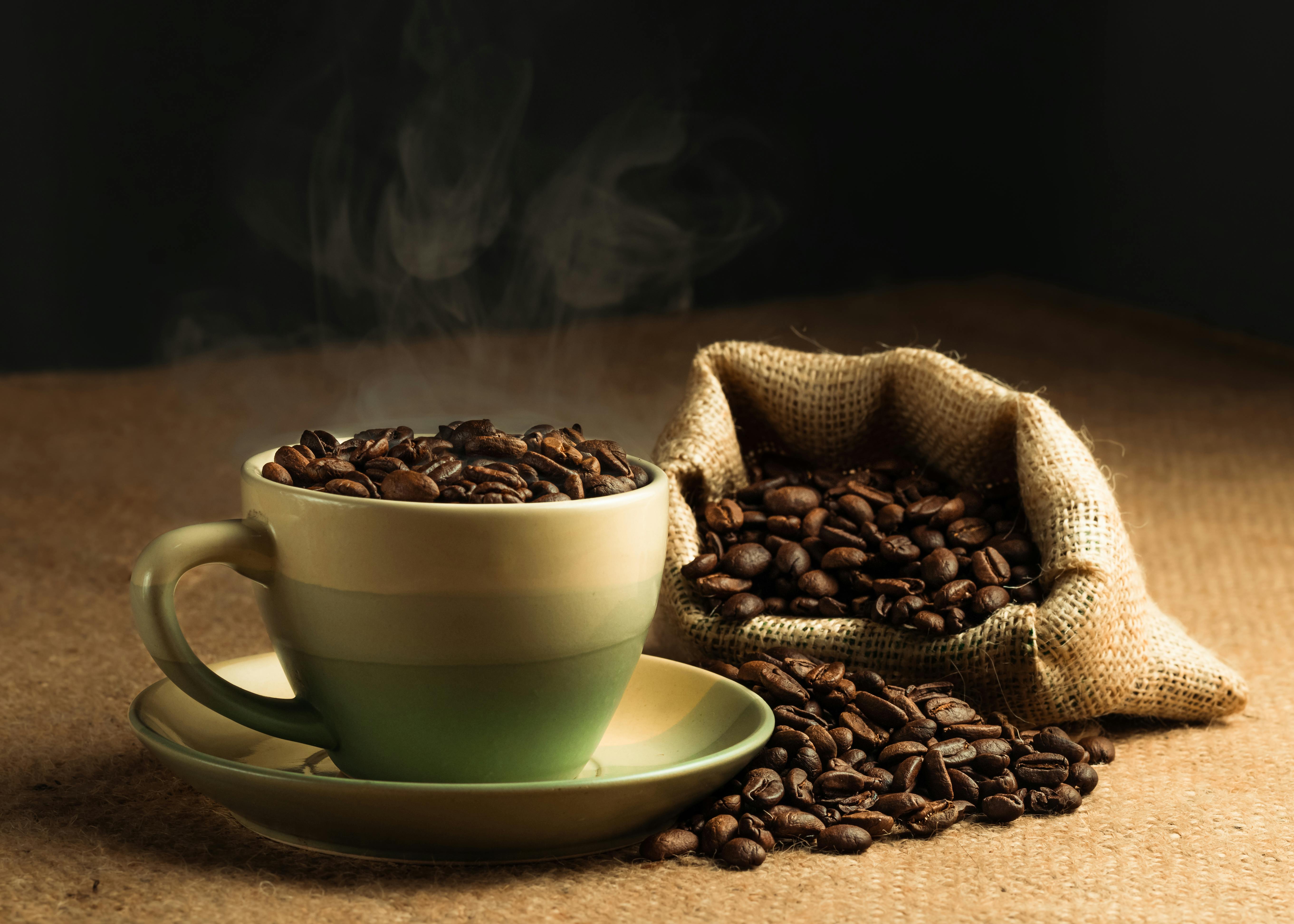
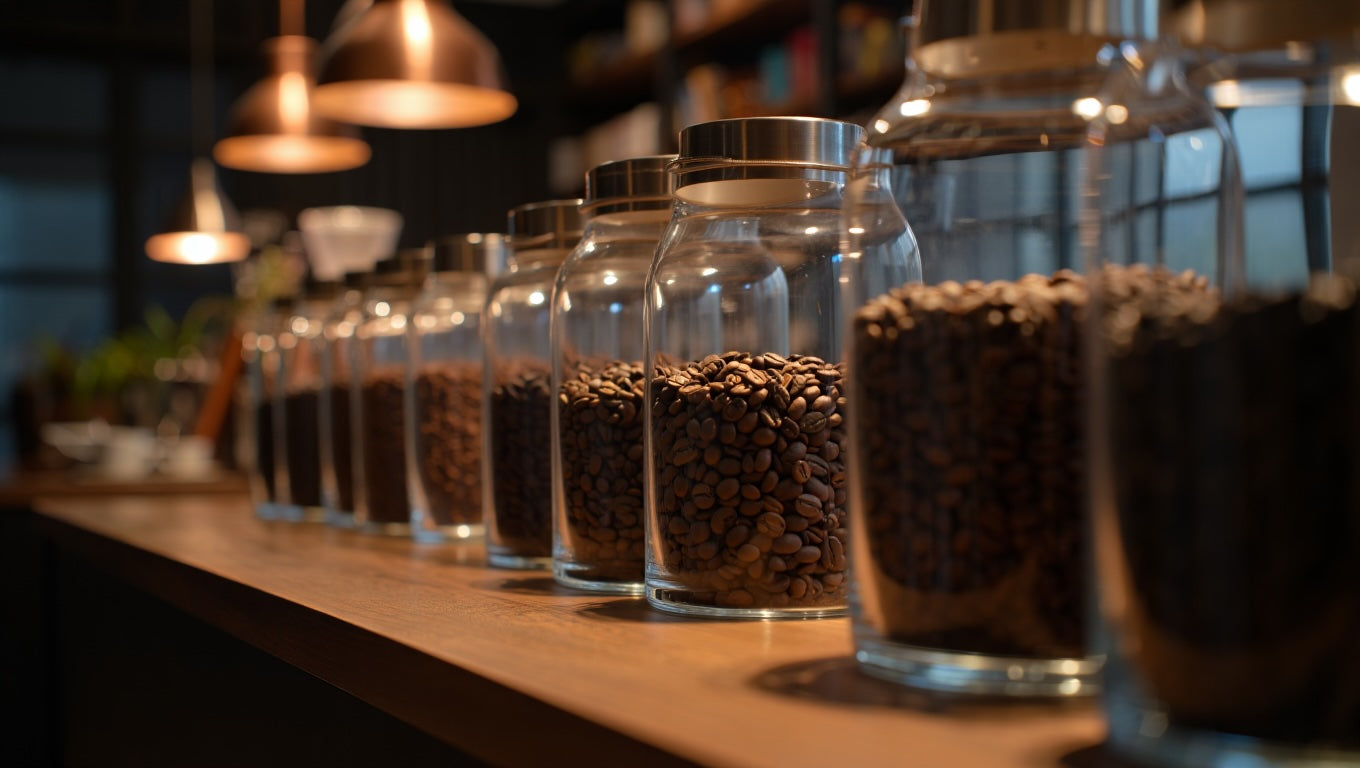

Share:
How Caffeine Disrupts Your Sleep: Why Paraxanthine Is Cleaner